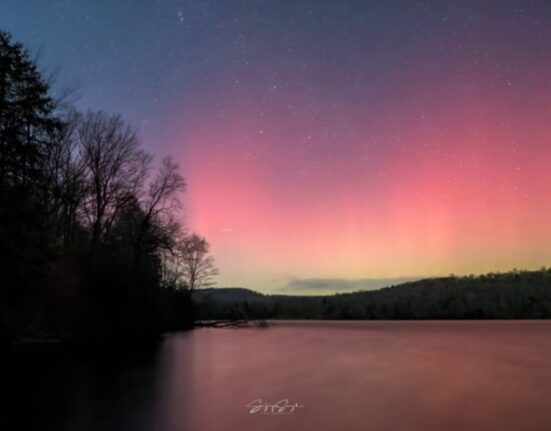Have you ever heard of Vibrionaceae? They’re a fascinating family of marine bacteria known for their stunning bioluminescence. But wait, there’s more to them than just glowing in the dark! Among their ranks lurks the infamous cholera pathogen, which has overshadowed their potential in biofuel production for quite some time. However, a remarkable discovery has now brought these marine microbes into the spotlight as potential game-changers in the realm of green energy.
Picture this: Vibrionaceae possess a unique ability to produce copious amounts of hydrogen gas by breaking down formate—a simple compound—into carbon dioxide and hydrogen through fermentation. It’s like nature’s very own hydrogen plant operating within these tiny microorganisms beneath the sea. And guess what? A brilliant team led by Professor Tomoo Sawabe from Hokkaido University, along with researchers from India and Brazil, delved deep into the genetic makeup of these ocean-dwelling creatures to unravel the mystery behind this extraordinary feat.
Their groundbreaking study, recently published in Current Microbiology, sheds light on the inner workings of Vibrionaceae’s hydrogen-generating prowess. By employing cutting-edge genome sequencing techniques, they meticulously examined all 16 known species within this bacterial family—who often engage in symbiotic relationships with deep-sea creatures—and honed in on a specific gene cluster responsible for this magical transformation: Hyf-type formate hydrogenlyase (FHL).
“These analyses reveal unexpected diversity of FHL gene clusters and relationships between gene clusters and function in hydrogen production ability,”
remarked Professor Sawabe, hinting at the sheer complexity hidden within these unassuming microbes. What they uncovered was truly astonishing—two novel types of FHL gene clusters lurking within Vibrionaceae’s genetic blueprint, pushing the tally to six distinctive clusters.
This diversity isn’t merely a random occurrence; it signifies an evolutionary journey undertaken by Vibrionaceae as they adapted to diverse ecological niches over time. Each variation in the gene cluster architecture reflects a unique survival strategy forged through millennia of natural selection—a testament to nature’s creativity at its finest.
The study didn’t stop there—it ventured deeper into comparing different species’ capabilities concerning hydrogen fermentation and production based on their FHL gene clusters. Surprisingly, marine dwellers like Vibrio tritonius and mangrove inhabitants such as Vibrio porteresiae exhibited exceptional levels of hydrogen output compared to their counterparts like Vibrio aerogenes and Vibrio mangrovi.
There seems to be a direct correlation between how efficiently these bacteria can uptake formate molecules back into their cellular machinery and their knack for churning out hydrogen gas like miniature green factories humming away beneath ocean waves. As Professor Sawabe aptly put it,
“These genotypes strengthen formate metabolism as a possible key factor in maintaining fermentative hydrogen production in specific groups of vibrios.”
But here comes the twist—the researchers proposed an intriguing theory dubbed “the formate detoxification hypothesis.” According to this hypothesis, certain Vibrionaceae species evolved heightened abilities for producing hydrogen as a means to detoxify excess formate present in their environment—an ingenious survival mechanism sculpted by evolution itself.
Moreover, these findings aren’t just limited to unraveling Vibrionaceae’s secrets; they could potentially illuminate our understanding of how other bacterial species, including familiar names like E. coli , have evolved similar mechanisms for fermenting hydrogen gas—a revelation that could revolutionize our approach towards sustainable energy production worldwide.
So next time you gaze upon an azure stretch of ocean or walk through sun-kissed mangrove forests teeming with life, remember that beneath those serene waters and lush greenery lies a world filled with microbial marvels orchestrating nature’s very own symphony—one where even the tiniest creatures play grand roles that might hold the key to unlocking a greener future for us all.








Leave feedback about this